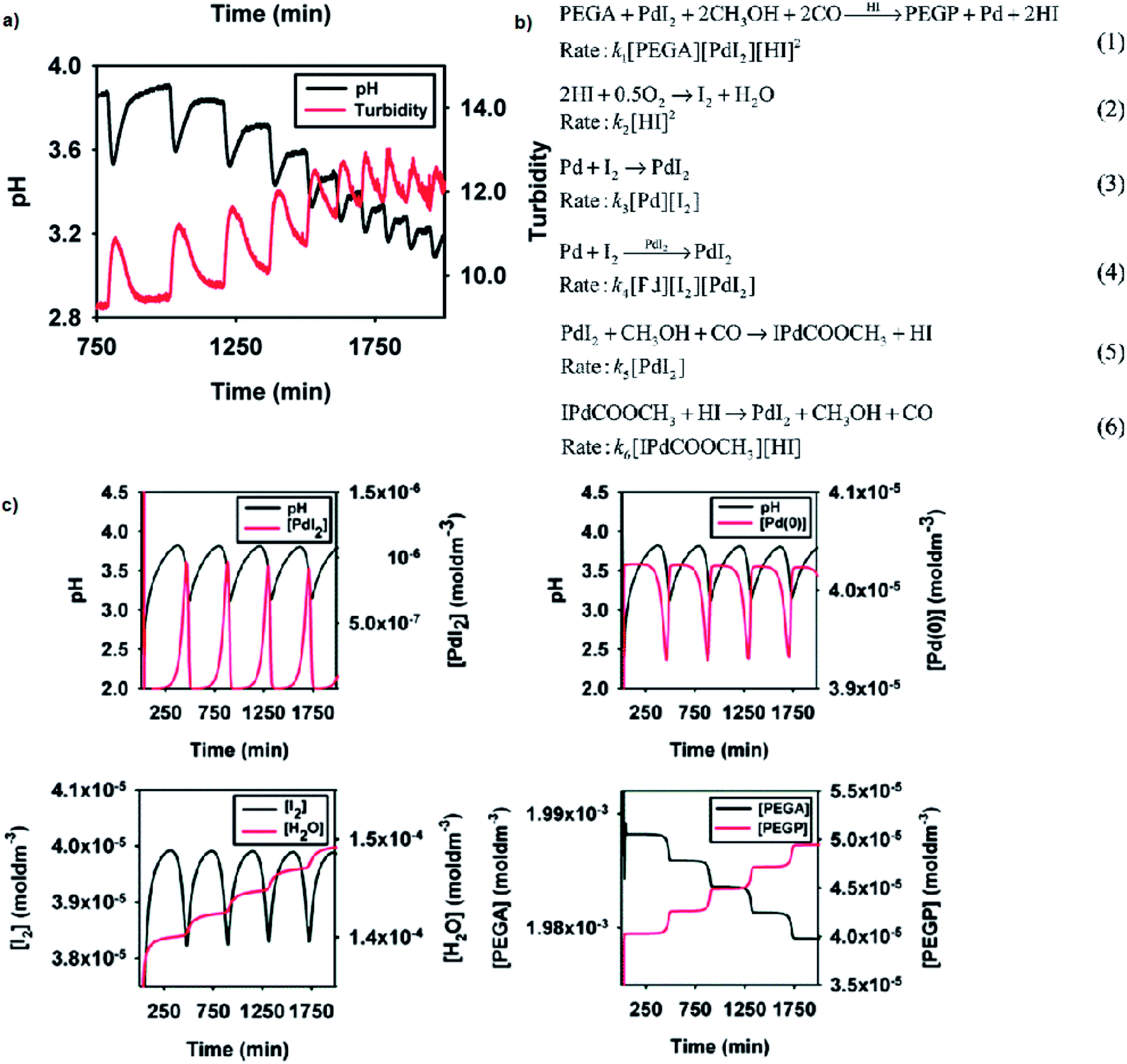

There is in reality an anomaly here and the actual observed configuration is 5 f 14 6 d 9 7 s 1.Įach photon contributes to the total power delivered by the laser beam.įollow the calculation in Quick Example 31-12. Along the block of elements from 103 to 112 the 6 d subshell is being filled. Use the diagrams above to determine that the 7 s subshell will fill up before the 5 f or 6 d subshells.

Slow down and its kinetic energy will decrease.

Proportional to the quantum number n, so if the electron jumps to an orbit with a higher n it will Because fewer photons hit the surface per second, fewer electrons are ejected per second (but the average kinetic energy of these photoelectrons will be greater because each photon delivers more energy).Īccording to the Bohr model the speed of the orbiting electron is inversely In order for the intensity to remain constant, there must be fewer photons per second in the beam of light. Increasing the frequency of the light means that each photon carries more energy. The yellow Kr laser emits the same number of photons per second. The yellow Kr laser emits fewer photons per second.Ĭ. The yellow Kr laser emits more photons per second.ī. How would the number of photons emitted per second by a yellow laser compare to the number emitted per second by a red laser that has the same power output?Ī. Use the Bohr model to estimate the minimum kinetic energy electrons must have in order for K α X-rays to just appear in the X-ray spectrum of the tube. What is the power output of this laser in watts?Ĭonsider an X-ray tube that uses platinum ( Z = 78) as its target. Suppose a laser emits 1.49×10 19 photons per second, half with a wavelength of 488.0 nm and half with a wavelength of 514.5 nm. Using the Bohr model, estimate the energy of a K α X-ray emitted by lead ( Z = 82). What is the probable electronic configuration of a neutral atom of element 110? How many different states are possible for an electron whose principal quantum number is How many orbits did it complete while it was in the n = 5 level? To the n = 3 orbit its kinetic energy _.Īn electron in the n = 5 level of hydrogen remains for 51 ns before jumping down to a lower If the frequency of the light is increased (the color is made bluer) while the intensity (energy per time) is held constant, the number of electrons ejected per second from the emitter will _.Īccording to the Bohr model of the hydrogen atom, when the electron jumps from the n = 2 orbit Read textbook sections 32-1 and 32-2 before the next lectureĪ beam of light with a frequency greater than the cutoff frequency shines on the emitter. describe the operating principles of a laser, and calculate the energy delivered by laser beam during a time interval Δ t when given the beam intensity I and cross-sectional area A.calculate the wavelength of K α X-rays for an element of atomic number Z.describe the basic features of the quantum mechanical model of the atom.describe how de Broglie waves explained why electrons in allowed orbits do not radiate.IBM researchers used a scanning tunneling microscope to arrange Xe atoms on aĪnd video) The trapped electrons demonstrate their wave nature viaĪ student who masters the topics in this lecture will be able to:


 0 kommentar(er)
0 kommentar(er)
